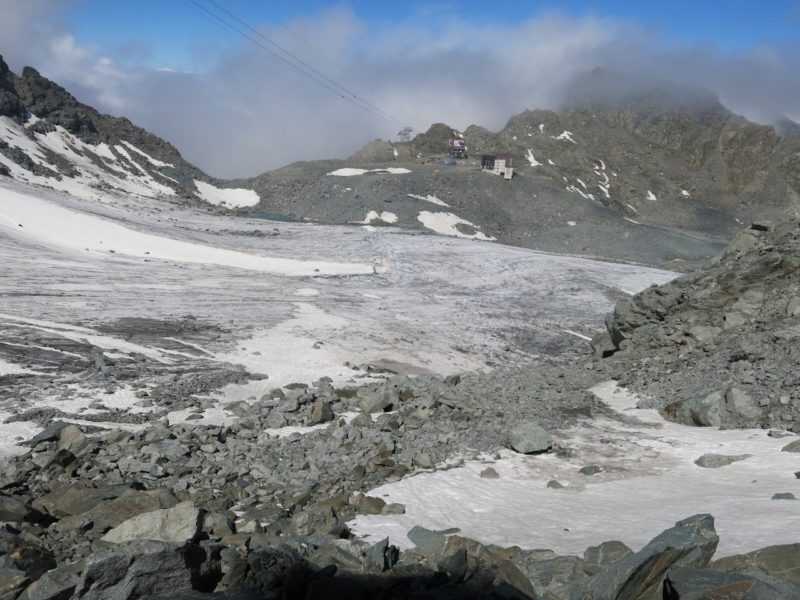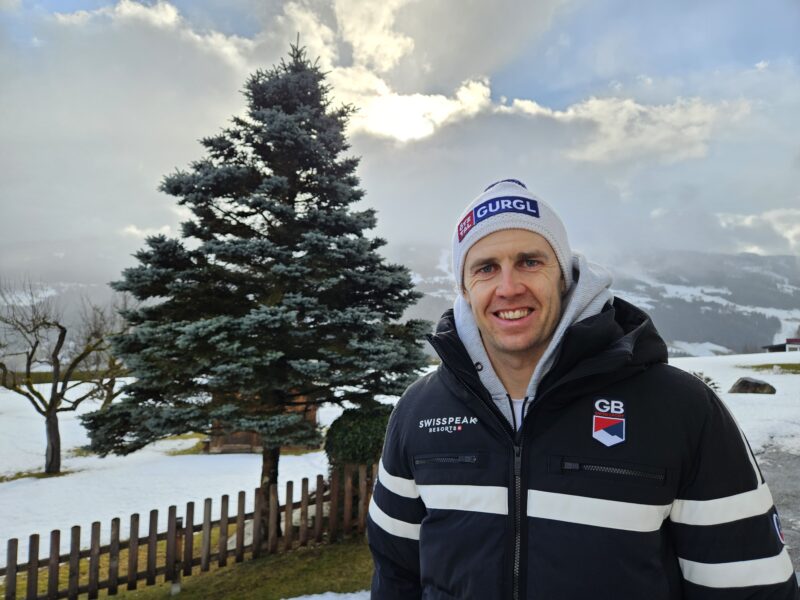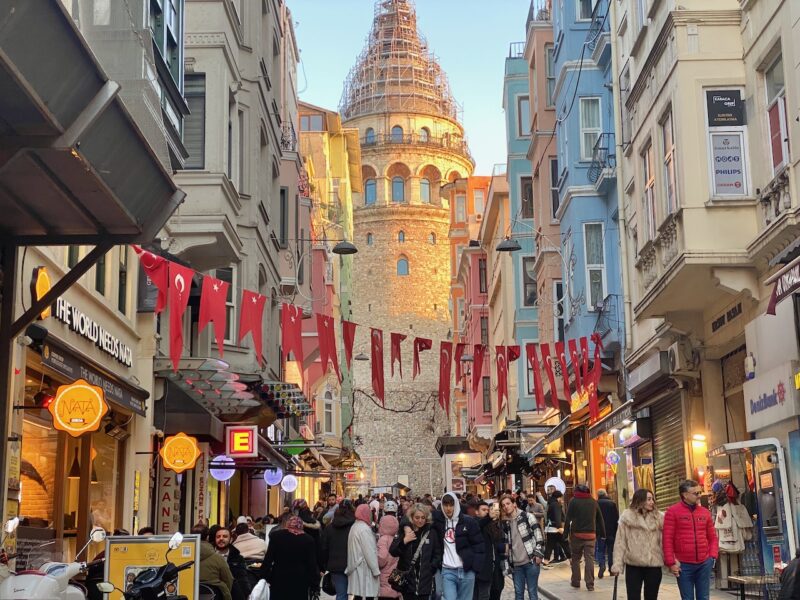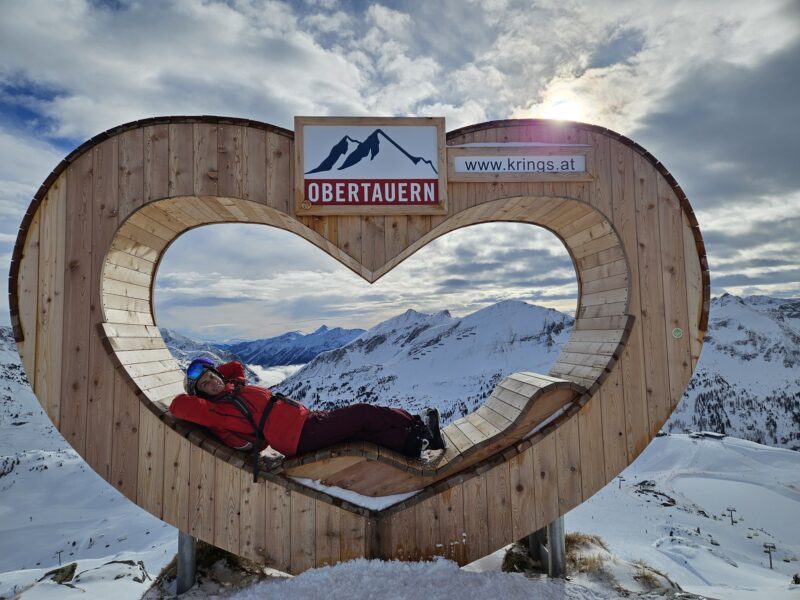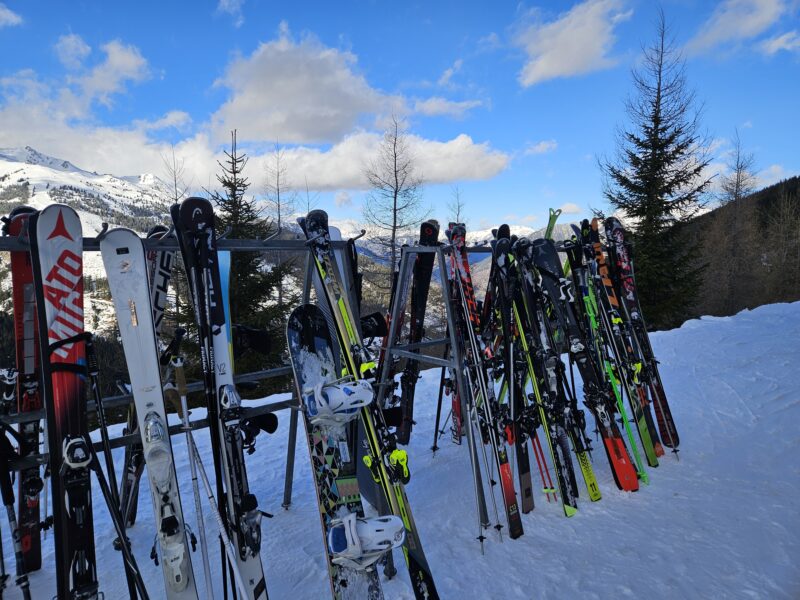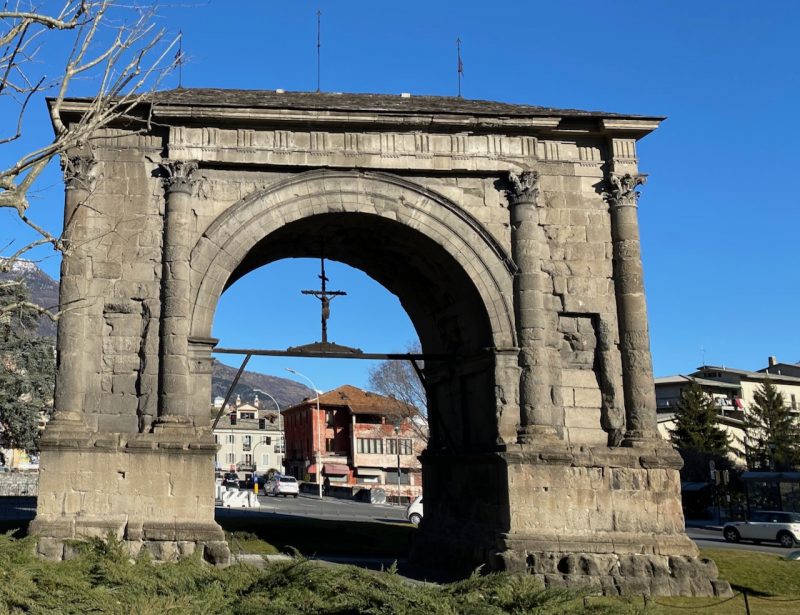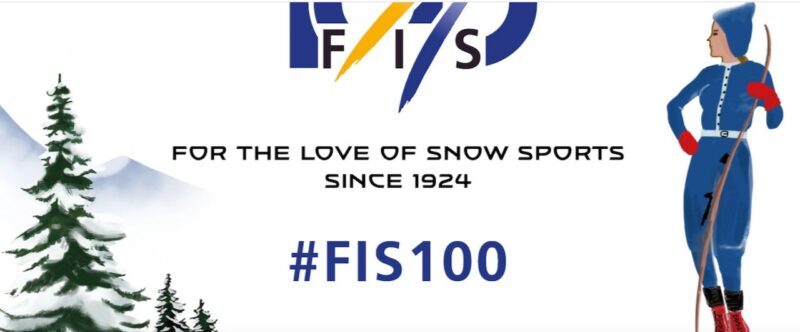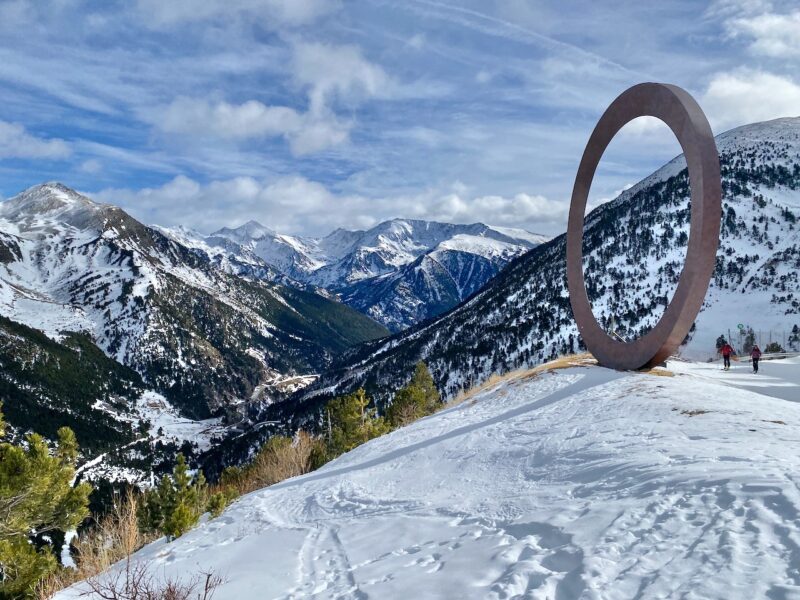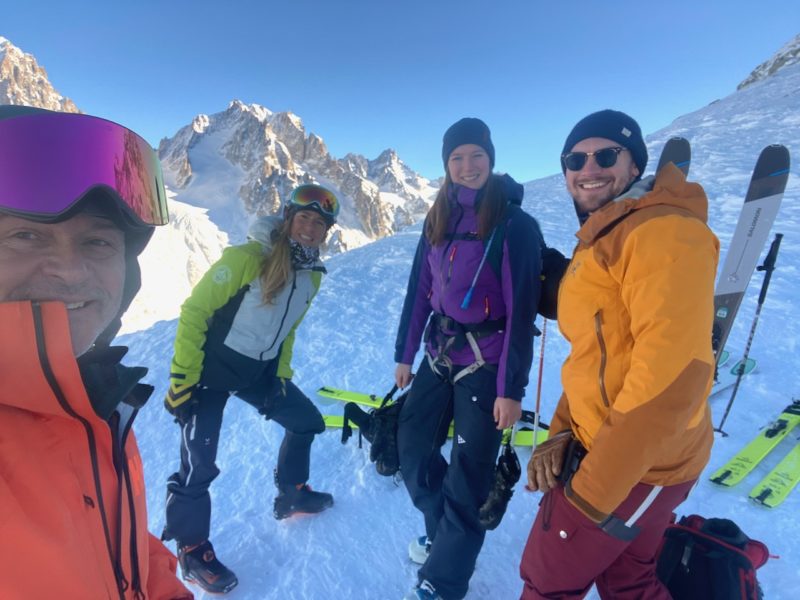How To Drive To The Alps
Ski tour operators are reporting increased interest in driving to the mountains next winter with people unsure of other travel options amid Covid-19.
PlanetSKI offers some help.
The coronavirus pandemic and the potential long-term ramifications have got us all thinking about what skiing and snowboarding will look like next winter.
We have looked at some of the key issues in two special reports:
- What Might A Ski Holiday Look Like Next Winter? Part 1
- What Might A Ski Holiday Look Like Next Winter? Part 2
Whatever happens, we think it is highly likely to result in many more of us wanting to avoid busy airports, planes, trains and coaches and opting to go by car.
And choosing self-catering accommodation or, perhaps, booking a whole chalet rather than sharing with others .
It has its advantages and, although driving isn’t the best way to save the planet, the carbon footprint a full car leaves is better than flying.
“We’ve seen a big increase in enquiries for self-drive ski holidays as lots of customers prefer the idea of staying isolated in their own vehicle to traipsing through airports and aeroplanes,” Richard Sinclair of the ski travel specialist SNO told us.
“You even check-in on Le Shuttle through your car window, so you can really keep social contact to just the people you’re going on holiday with.
“If you don’t have an electric car, keep it green by taking at least 4 people in the car, to produce less carbon than flying.”
New to the idea of driving to the Alps?
We’ve put together some of the key points you need to know.
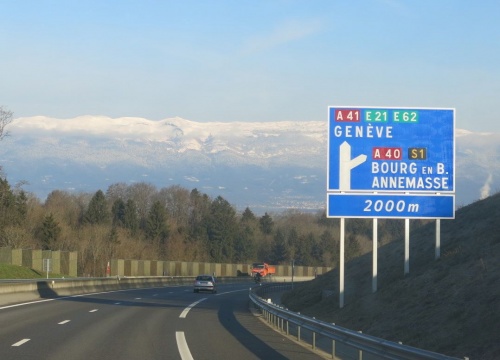
Driving to the Alps
GOOD VALUE
As long as there’s at least two of you, driving to the Alps is usually cheaper than flying.
If you’re a family or three or more it is the economical way to travel.
Especially if you’re restricted to school holidays when the price of flights can be astronomical.
Yes, there’s the cost of the channel crossing, the fuel, and the far from inexpensive road tolls.
But if you choose to fly you have to factor in the cost not just of the flights for your whole party but of your transport to the airport – perhaps by cab or driving and then paying to park – and the transfer to resort.
If you drive you don’t have to worry about extra charges for ski/board carriage either.
Taking the car may already start to look attractive.
CONVENIENCE
It’s door-to-door and there’s no hanging around when you don’t want to.
You can take as much kit as your vehicle/roof box can carry – multiple skis, snowboards for all conditions.
If you’re self-catering, you can take a stash of non-perishable food or ready-made meals from your freezer to keep costs down.
And what you don’t take from home you can stock up on at the big supermarkets in the valley before heading up the mountain.
Prices in resort are generally much higher than in the big supermarkets.
If you don’t fancy preparing a full-on meal every night, there are now companies, like Huski, who deliver good quality food to the door.
Of course, if you live several hours’ drive from the south coast of England, you’re at a disadvantage and will have to factor in the extra time required for your journey outbound and inbound.

Loading up
EXTEND YOUR HOLIDAY
Unless time pressures mean you have to – or you choose to – drive non-stop, why not have an overnight at a pleasant location on the way and get in the holiday mood.
There are plenty of inexpensive hotels or motels near motorways, many of them offering family rooms.
But if you head just a little off the main road you can often find some real gems in nearby towns or villages.
It’s worth a bit of research before you go. Has your hotel or B & B got secure parking, for example? You won’t want to leave all your ski gear on public display.
Driving most of the way on day one with just a short journey to resort on arrival day will give you time to do the supermarket shop or even get a bonus afternoon on the slopes.
PlanetSKI has, for example, stayed at motels in or around Bourg-en-Bresse on the way to the Tarentaise region in the French Alps, leaving two to three hours’ driving to get to resort the next day.
On the journey home we have stopped off overnight at several interesting locations including the historic towns of Troyes and Reims.
If you’re not travelling in peak holiday times, you probably won’t even have to book ahead. You can make a decision on where to stop when you know how much further you want to drive before stopping.
PLANNING
Crossing the Channel
Watch prices for Le Shuttle. It may be an advantage to book early.
You can also cross the Channel by ferry, of course, but the advantage of Le Shuttle – apart from the quicker crossing – is that you stay in your vehicle throughout the journey.
If you’re trying to avoid contact with others, it’s better than circulating on a potentially busy ferry.
How to get there
Get a map.
Yes, a real, old-fashioned – but current – road map and plot your planned route on it.
Most of us are used to navigating on our smartphones. They are brilliant.
However, sod’s law says that just as we’re approaching a crucial junction with five potential roads to take, the signal will go.
A separate Sat Nav is another option, but check the software is up to date so it shows the road system as it is.
Sat Navs also have a habit of directing you onto mountain passes and roads that are inaccessible in winter.
It may seem obvious, but we’ve lost count of how many stories we’ve heard from skiers arriving many hours later than expected, thanks to the Sat Nav knowing best.
Check the driving regulations & laws
What’s the speed limit in the country or countries in which you’ll be travelling on the different types of roads?
In France, what about the strange rule in some towns for Priorité à droite?
What are you obliged to carry in your vehicle?
You will need to carry your paperwork, have a GB sticker and fit headlamp converters but there are additional requirements too, depending on the country you are in.
Do you need additional insurance?
Travelling in Europe after 31st December 2020 will potentially mean a lot more bureaucracy – especially if there is no Brexit deal (remember Brexit?) between the UK and the EU before the transition period ends.

What you need for your journey
Snow chains
If you have winter tyres, great, but you may still be stopped from travelling up the mountain in heavy snow without snow chains.
Get some before you leave: they can be bought or rented and they are different sizes according to your vehicle.
And practice putting them on.

Some practice ahead – fitting snow chains
here is nothing worse than trying to work out how to fit them when you’re in the middle of a blizzard.
Failing to fit them correctly can damage your vehicle. Yep, we’ve been in one when that happened and it was a very inconvenient, not to mention costly, mistake.
Road tolls
There are lots of them.
You can pay at most by card but you might want to check out whether you can set up automated payments.
For example, the Emovis Tag, which operates on the French Sanef motorway network, is fitted behind the rear view mirror.
It detects and charges you as you whizz through the toll stations without queueing.
In Switzerland and Austria you need a special permit to drive on the motorways.
If you’re not in any rush you can avoid some of the tolls by taking the smaller roads and get to enjoy the countryside along the way.

French road toll station
Traffic
It’s worth checking with someone who knows the resort you’re heading to how and when to travel to avoid the worst of the traffic, especially if you’re arriving in one of the peak holiday periods.

Choose your time to drive up and down to resort
Parking
Is there free parking where you’re staying?
Is there under cover parking and how much will it cost?
Do you need to book parking in advance?
Skiers’ forums can be useful for local knowledge.
Often, you can find free outdoor parking at a less convenient location, maybe a short bus ride away.
This might work for you if you don’t want to use the car while you are there.
Make sure you have a good shovel. If you go for outdoor parking, you may have to dig your vehicle out.

Digging out
We’ve tried to include some of the main points but many of our readers will have their own useful advice based on their travel to various alpine countries.
We’ll add more useful snippets and personal stories as we get them.
In the meantime, here are some very rough timings for non-stop journeys from Calais to a handful of popular ski areas…….
Les3Vallees, France –9 hours
Chamonix, France –8 hours
Zermatt, Switzerland –10 hours
Verbier – 9 hours
St Anton, Austria – 10 hours
Courmayeur, Italy – 8 hours
For full details of driving, with a wealth of detailed information and handy tips, check out this in-depth article on the SNO web site.
The UK operator company, Erna Low, specialises in self-drive and self-catering in the French Alps.
“We believe self -drive ski holidays will be the safest way to get to the Alps next winter,” said the MD of Erna Low, Jane Bolton.
“By taking the Eurotunnel you can stay in the car during the crossing and the benefits of the Flexiplus that our clients enjoy mean that you can avoid the busy terminal if you wish to.
“Once in resort, a self catering apartment offers the ideal solution for social distancing with your family.
“You can also take supplies in your car minimising the need to venture out too much.
“Of course once you are on the mountain, we wait to see what resorts will be providing in terms of social distancing solutions, but perhaps resorts with doorstep skiing or access by chair lift where you can upload with your family will be more popular.”

